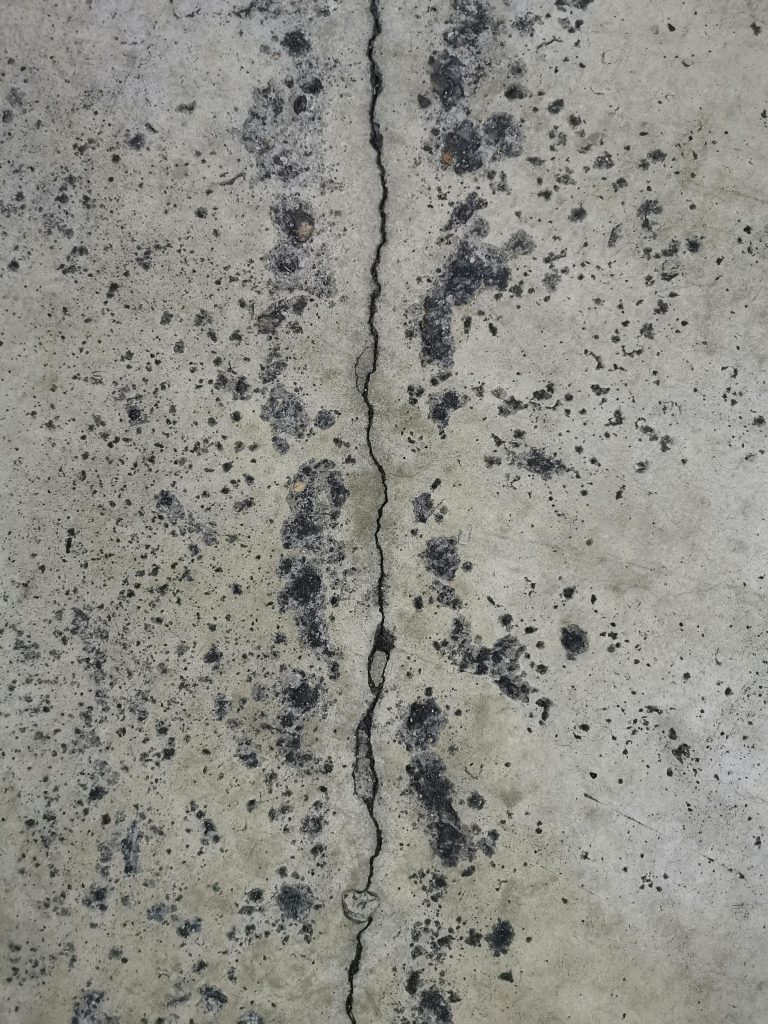Expert Guidance Needed: Data Recovery for Seagate External Drive with Suspected Stuck Head
In the realm of data storage, even relatively recent and seemingly robust drives can be vulnerable to physical shocks that jeopardize data integrity. I recently encountered a situation involving a Seagate 16TB Expansion HDD (Model SRD0NF2) that illustrates the importance of understanding drive behavior post-incident and knowing the available options for recovery.
Overview of the Incident
The drive in question was actively in use on my PC when, unexpectedly, it was accidentally dislodged from its position within the computer case—a fall from a typical desktop height onto a carpeted floor. Although the damage appeared minor, the drive subsequently failed to be recognized by the system and emitted a repetitive beeping sound. Such audible indicators can sometimes point to internal mechanical issues, notably a stuck read/write head or problems with the spindle motor.
Understanding the Symptoms
A beeping external drive often signifies mechanical distress, typically a stuck head, spindle motor issues, or other internal faults. These conditions frequently stem from physical trauma, particularly impacts that may shift internal components or cause misalignment. Given that the drive was only lightly dropped and experienced these symptoms, it suggests the possibility of internal damage that might be repairable.
Data Recovery Priorities
The primary concern is safeguarding and recovering the crucial data stored on the drive. With the drive still under warranty and infrastructure in place for potential data recovery services, there are several options to consider:
-
Utilize the Manufacturer’s Data Recovery Plan:
Seagate offers a data recovery service that, under warranty, may be covered or available at a discounted rate. Engaging with Seagate directly can be a straightforward path, especially if the drive is still under warranty. -
Seek Local Data Recovery Specialists:
Alternatively, professional data recovery laboratories specialize in diagnosing and repairing physically damaged drives. These facilities typically possess cleanroom environments and specialized tools necessary for complex recoveries and may offer quicker turnaround times. -
Assess the Cost-Benefit Balance:
Recovery costs can vary significantly depending on the extent of internal damage. It’s prudent to obtain estimates beforehand and weigh these against the criticality of the data.
Recommended Next Steps
- Immediately cease any attempt to power on or use the drive to prevent further damage.
- Contact Seagate support to confirm warranty coverage and inquire about their data recovery options.
- If preferred, consult reputable local data recovery specialists experienced in
Share this content:



